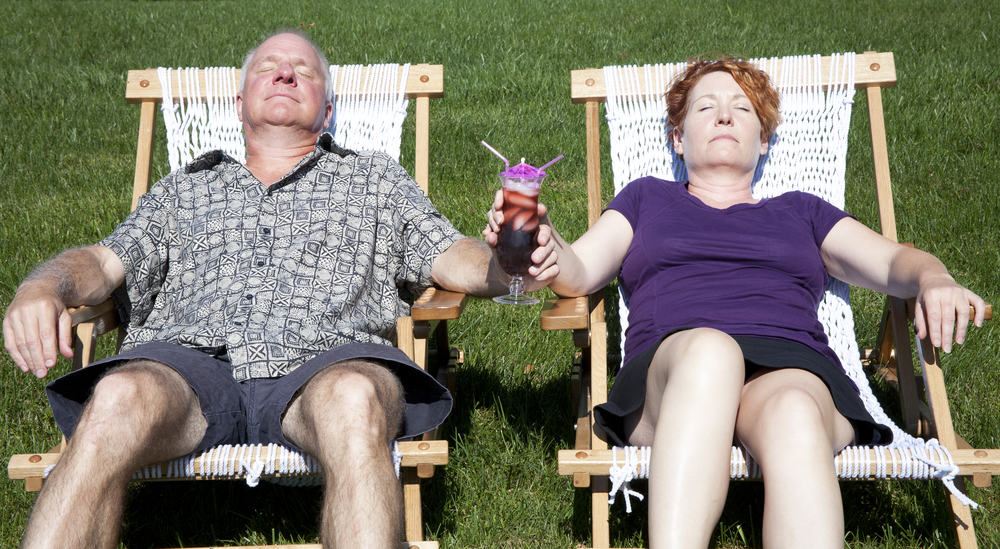 Pragma’s AJ Chandrasena writes … Amidst the doom and gloom surrounding Brexit, one sector has seen sunshine: domestic tourism.
Pragma’s AJ Chandrasena writes … Amidst the doom and gloom surrounding Brexit, one sector has seen sunshine: domestic tourism.
The weaker pound has made our shores more attractive for foreign tourists, but a large share of the uplift has been due to Britons choosing to holiday at home rather than abroad. According to recent figures, a record-breaking 7.3 million people have opted for a staycation this year.
A year-on-year increase in staycation spending of over 17% in 2016 is expected, amounting to a £2.4 billion boost to the UK’s tourism industry (valued at £127bn in 2015).
Britain’s traditional seaside destinations have recorded best-ever sales in the last few weeks, with Brighton seeing a 12.8% revenue increase for the peak summer period year-on-year. But aside from bucket-and-spade forays, what staycation options does Britain have to offer the more sophisticated consumer?
One of the more interesting phenomena to emerge in recent years is ‘glamping’, where holidaymakers enjoy the charms of traditional camping while never being far from creature comforts – or indeed the trappings of luxury, such as hot tubs, king-size beds, and gourmet dining.
Assisted by the economic headwind supporting staycations in general, glamping is growing with considerable momentum. Though the market is still in relative infancy and under-researched, Google data shows exponential growth in glamping-related searches since murmurs of the term were first heard some eight years ago. Importantly, this search activity is coming from people for whom an interest in camping is not evident, suggesting that glamping is addressing a new audience that is likely to consider glamping as an alternative to trips abroad.
Recent Pragma research has focused on millennials – whose needs are not particularly well served by the domestic tourism market – and glamping appears to be a great fit for this conspicuous tranche of consumers: looking for authentic experiences in unique settings (read: high #instagramability), wanting to have a low carbon footprint, interested in the provenance of their food and drink, and in need of short travel times (nine hours less than a holiday abroad, on average).
 Glamping operators also enjoy high profitability, with some business models reportedly seeing enough return on investment to cover their set-up costs within two years. It is no surprise that companies are springing up rapidly, with some exploding into multiple sites Camp Kerala, which offers Glastonbury revellers a luxurious base for a cool £5,000 per head.
Glamping operators also enjoy high profitability, with some business models reportedly seeing enough return on investment to cover their set-up costs within two years. It is no surprise that companies are springing up rapidly, with some exploding into multiple sites Camp Kerala, which offers Glastonbury revellers a luxurious base for a cool £5,000 per head.
Others pop up to specifically serve music festivals, such ass clear: from tipis to treehouses, wigwams, yurts, shepherd’s huts, gypsy caravans, and everything in-between, finding striking concepts with which to excite customers is key. But the sky does seem to be the limit (literally – an Irish glampsite boasting a repurposed Boeing 767 is due to open soon), and as long as that continues to be the case, the glamping trend shows no signs of abating.
For more information click here
Graphics by Shutterstock


